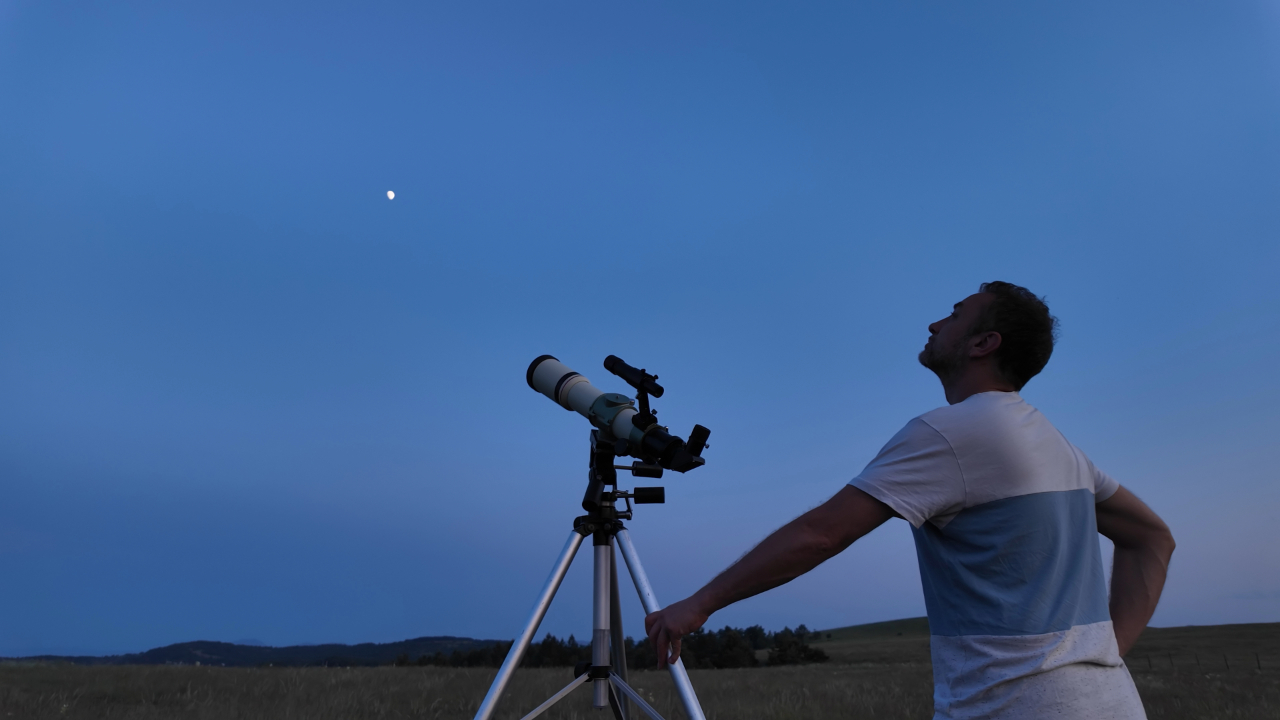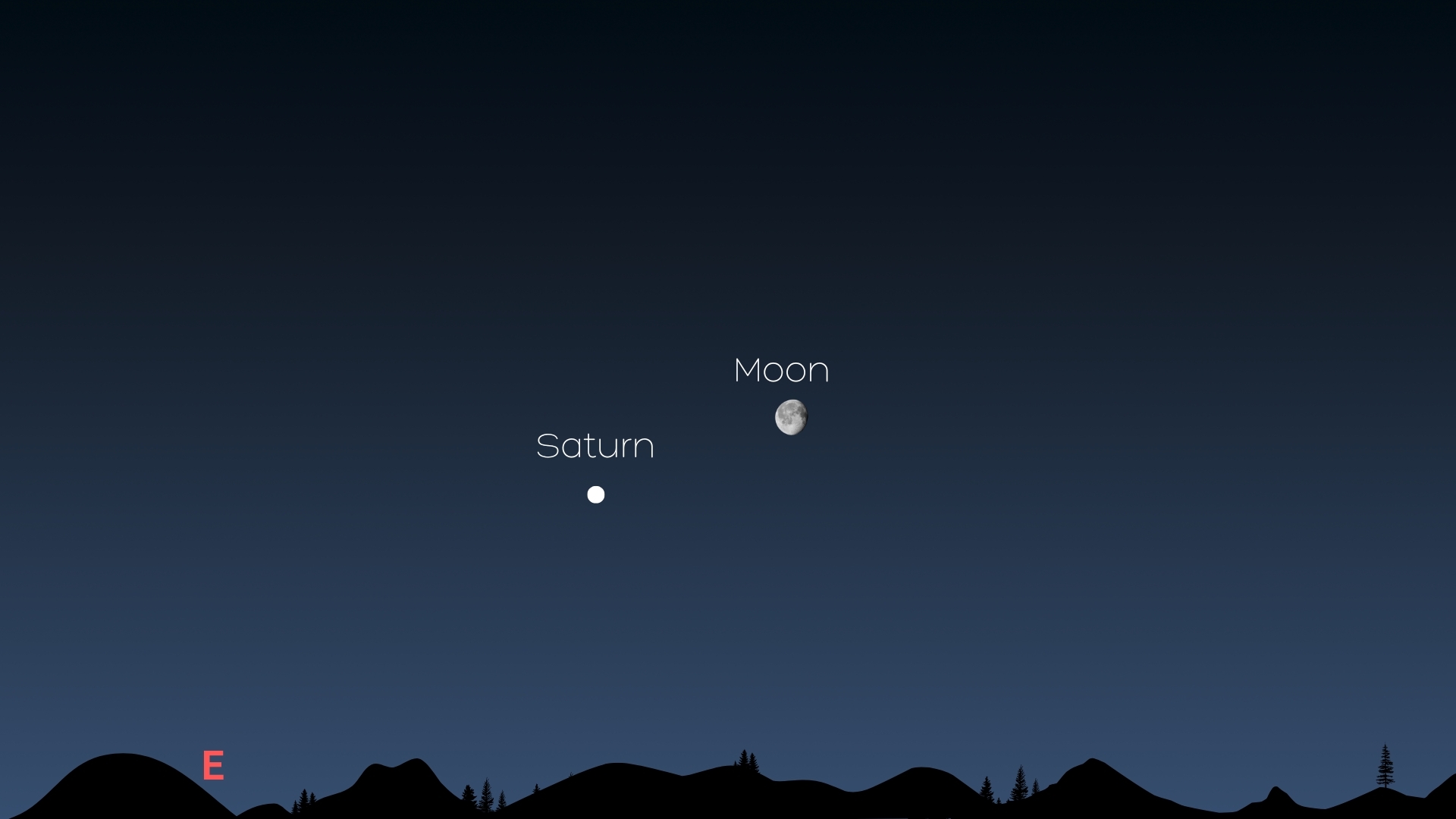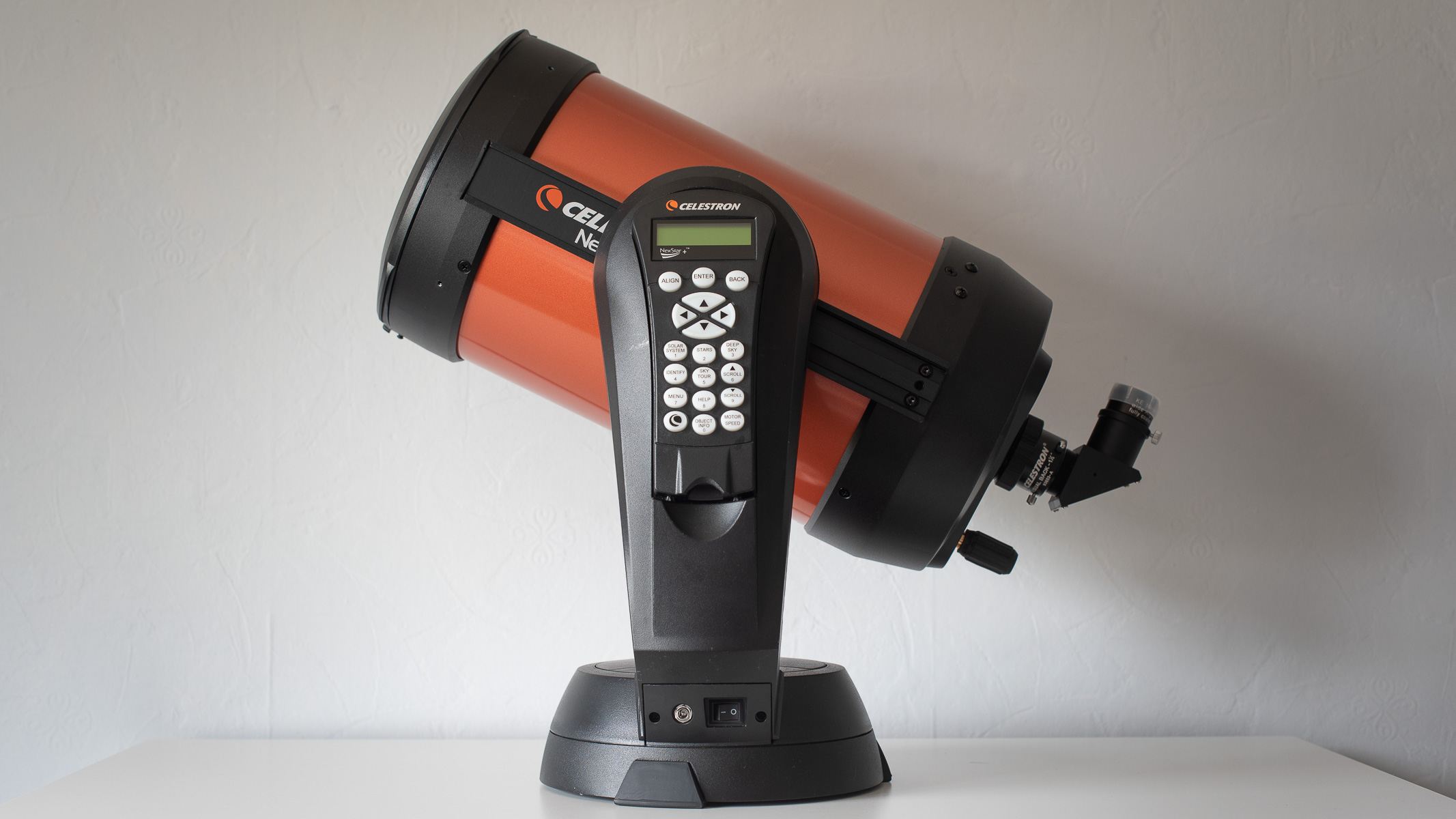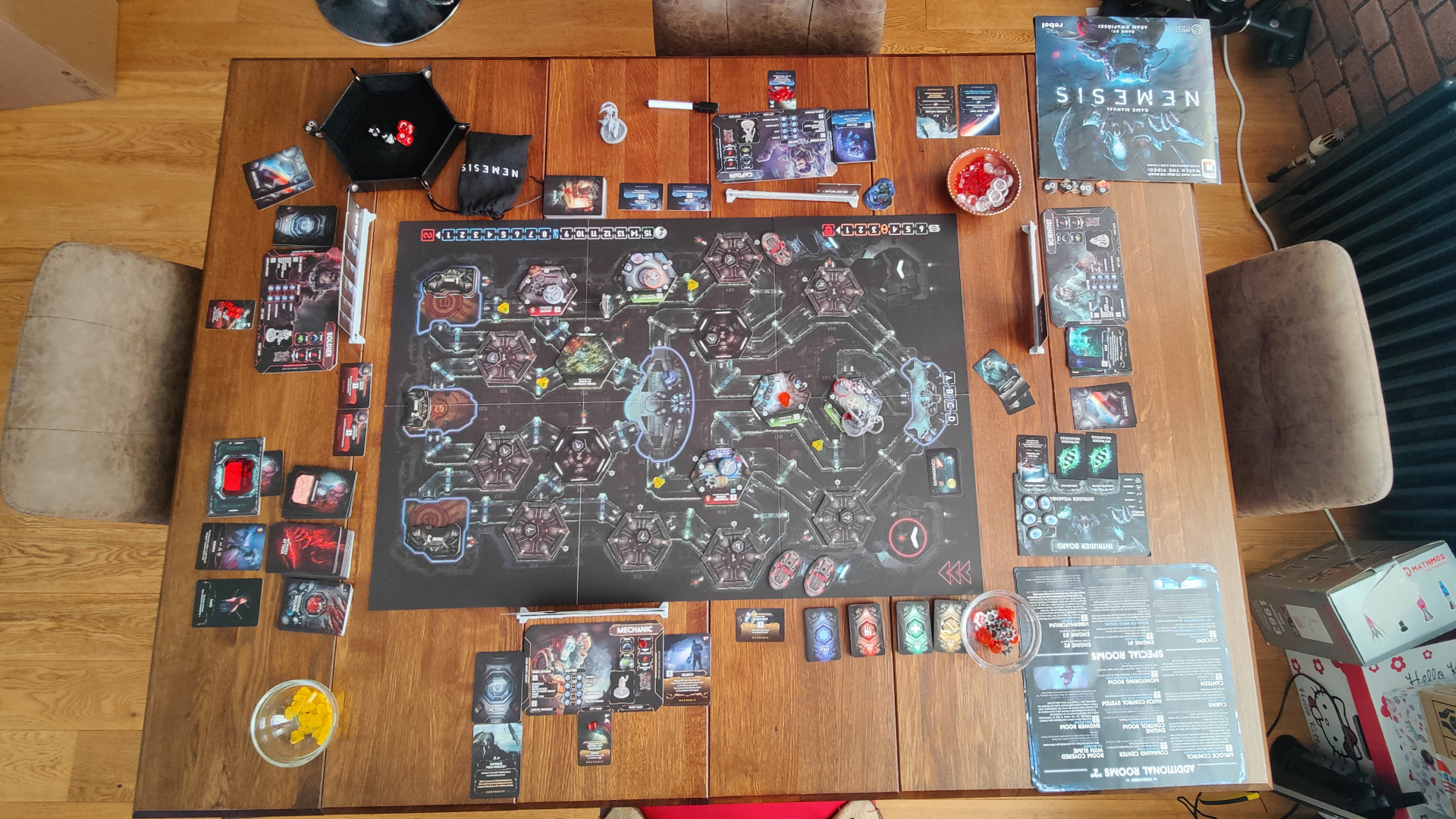See Saturn and the moon in a stunning close encounter tonight

Monday evening (Aug. 11) offers a perfect chance to identify what many consider the most beautiful object in the night sky: the ringed planet Saturn. Helping guide the way, will be another familiar celestial companion, the moon, shining in its waning gibbous phase.
As I've pointed out over the years here at Space.com, to the naked eye, Saturn does not exactly scream for attention. It lacks the dazzling, eye-popping brilliance of Venus or Jupiter and it does not have the fiery orange-yellow color of Mars.
In fact, to the eye, Saturn appears to be nothing more than a bright "star" that shines with a yellowish-white glow. Most people looking around the current midsummer sky might take note of it as they look low toward the eastern horizon at around 10:30 p.m. local daylight time, but not knowing they are looking at the solar system's ringed wonder.
But on Monday, the moon will make it easier to spot as it will be situated to the upper right of Saturn.
If it is clear, that evening will be a great night to invite your friends and neighbors over to peer through your eyepiece at both Saturn and our nearest neighbor in space, two wonderful sky objects.
First, the moon
First, check out the moon. A full moon can appear flat and overly bright, but Monday's moon will be about 89% illuminated, just shy of full. That means better contrast, especially along the terminator, the line dividing the lunar light zone from the dark zone. There, you'll spot craters casting long shadows, revealing the moon's rugged terrain in dramatic detail.
Next comes Saturn

After you are done showing off the moon to your friends, it will then be time to turn your telescope toward Saturn. It'll be located about 5 degrees, roughly "half a fist" at arm's length, to the lower left of the moon.
Breaking space news, the latest updates on rocket launches, skywatching events and more!
Any telescope with at least 30x magnification will reveal Saturn's iconic rings, which are currently tilted about 3 degrees toward Earth. The quality of your view depends on your telescope's size, but bigger isn't always better. Avoid maximum magnification, which can exaggerate atmospheric turbulence and make the image shimmer or blur.
Instead, try moderate magnification:
- For a 3-inch scope, use about 75x
- For a 6-inch scope, try 150x
- For a 10-inch scope, go with 250x
Even seasoned observers still gasp at the sight of Saturn's rings through a decent telescope. It's always a showstopper.
For the clearest view, wait until around 12:30 a.m. local time, when Saturn climbs higher than 30 degrees above the horizon.
They're not all that close

Want to see the night sky up close? The Celestron NexStar 8SE is ideal for beginners wanting quality, reliable and quick views of celestial objects. For a more in-depth look at our Celestron NexStar 8SE review.
A final "gee-whiz" fact you can reveal to your friends is that what you are seeing in Monday's sky is an illusion of perspective. The moon and Saturn are nowhere near each other in space. The moon will be 230,000 miles (370,000 km) from Earth, while Saturn is more than 3,500 times farther away at 816 million miles (1.31 billion km).
Joe Rao serves as an instructor and guest lecturer at New York's Hayden Planetarium. He writes about astronomy for Natural History magazine, the Farmers' Almanac and other publications. Follow us on Twitter @Spacedotcom and on Facebook

Joe Rao is Space.com's skywatching columnist, as well as a veteran meteorologist and eclipse chaser who also serves as an instructor and guest lecturer at New York's Hayden Planetarium. He writes about astronomy for Natural History magazine, Sky & Telescope and other publications. Joe is an 8-time Emmy-nominated meteorologist who served the Putnam Valley region of New York for over 21 years. You can find him on Twitter and YouTube tracking lunar and solar eclipses, meteor showers and more. To find out Joe's latest project, visit him on Twitter.
You must confirm your public display name before commenting
Please logout and then login again, you will then be prompted to enter your display name.
